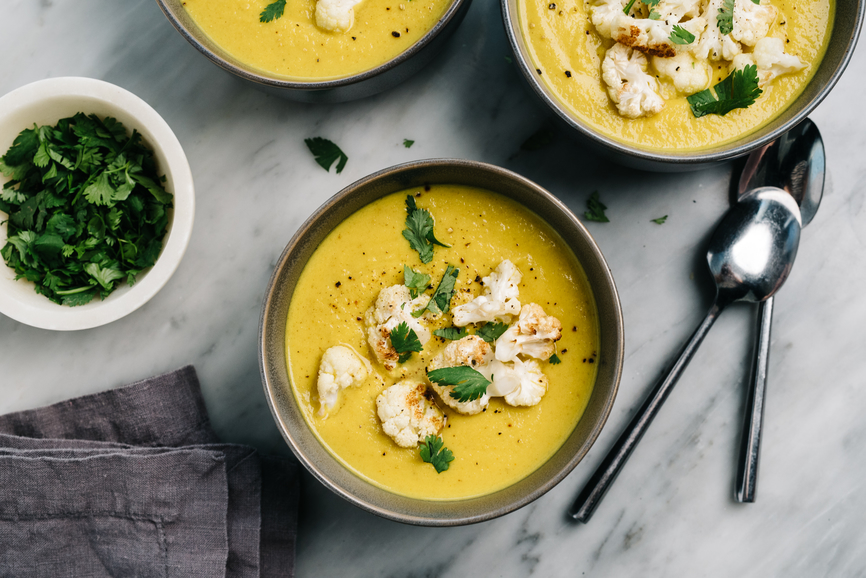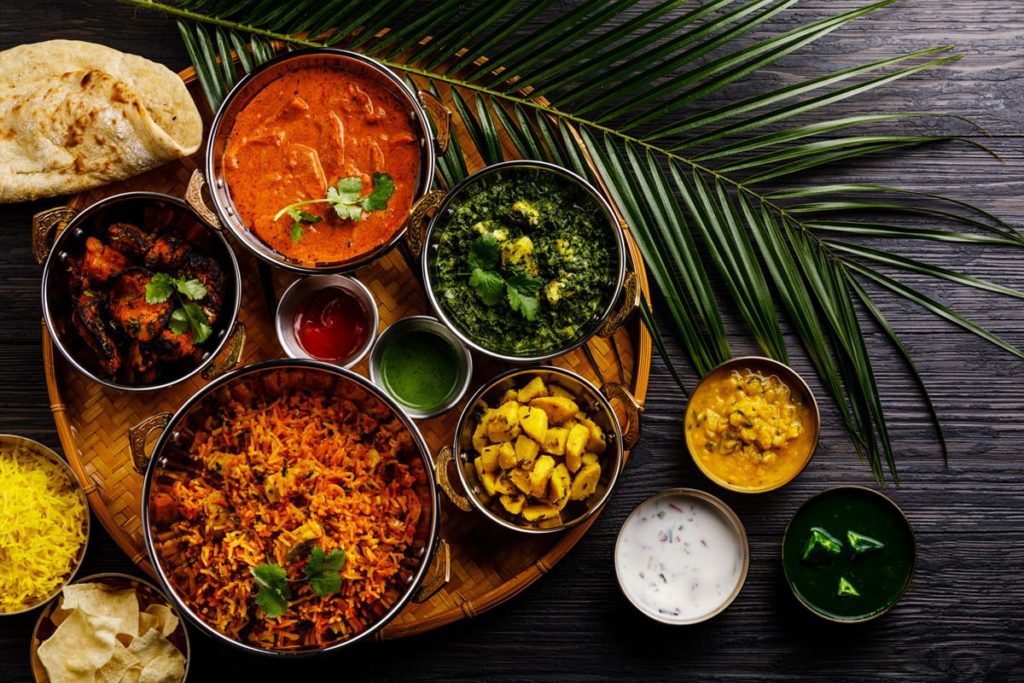Ayurvedic Dinner Guide For Beginners: Healthy & Delicious Ayurvedic Dinners For Health Conscious Eaters
wellhealthorganic.com:ayurveda-dinner. Prepare to tantalize your taste buds and nourish both mind and body with an ayurvedic dinner! Using traditional ingredients and ancient cooking techniques, this guide outlines the steps for creating a fragrant and nutritious meal from start to finish.
Eating healthy meals according to Ayurveda is easy once you know the basics. Learn how to make balanced, delicious dinners with this beginner’s guide to Ayurvedic dinners.
What Is an Ayurvedic Dinner? (wellhealthorganic.com:ayurveda-dinner)
An Ayurvedic dinner is a traditional Indian diet that is made up of cooked grains, vegetables, lentils, and herbs. The food is cooked in a specific way—according to the ancient practice of Ayurveda—in order to give you all the nutritional benefits as well as being flavorful and satisfying. The main focus for this type of diet is on balance and health. It focuses on fresh seasonal produce, spices that are warming or calming depending on what’s needed, and using nourishing ingredients such as ghee (clarified butter) or goat milk yogurt.
Benefits of an Ayurvedic Dinner
Ayurvedic dinners have become increasingly popular in recent years thanks to their health benefits. An Ayurvedic dinner can help regulate digestion, improve metabolic rate and boost energy levels. Along with a balanced diet rich in seasonal ingredients, this type of food can help nourish the body and mind.
Benefits of an Ayurvedic Diet
An Ayurvedic diet is a holistic approach to eating that incorporates the use of spices and herbs to balance energy levels, promote healthy digestion, and support overall health. Eating this way can provide numerous benefits such as improved skin health, increased energy levels, better digestion, and a peaceful mind.

Delicious Dinner Recipes From wellhealthorganic.com:ayurveda-dinner
WellHealthOrganic.com provides an array of delicious and nutritious dinner recipes inspired by Ayurvedic principles. Choose from meals featuring balanced proportions of proteins, healthy fats, carbs and spices that can be tailored to fit your individual needs for a nourishing and stress-free dining experience!
Ingredients You Need to Make an Ayurvedic Dinner
Making an ayurvedic dinner is a great way to help your body come into greater balance and allay any physical discomforts. Ingredients you will need include wholesome grains such as basmati rice or wheat, freshly cooked vegetables, legumes/dals (lentils/split peas), healthy fats such as ghee and coconut, herbs/spices for flavor and aroma, and a serving of yogurt or clarified butter for dessert.
Preparation Tips for an Ayurvedic Dinner
An Ayurvedic dinner can be a nutritious and delicious way to nourish your body. With a few simple tips and tricks, you can prepare a balanced Ayurvedic meal at home. Start by choosing plant foods that are in season, such as vegetables, grains and beans. Experiment with different spices to find flavors that you enjoy and make sure to include plenty of healthy fats like ghee or coconut oil. Finally, connect to your food through mindful eating practices for an enjoyable experience.
What to Expect From the Ayurveda Dinner
An Ayurvedic dinner is an opportunity to learn about the principles of this ancient healing system and how it can improve overall health. At an Ayurvedic dinner, you can expect to gain knowledge about how the qualities of different foods affect the body and how to balance them with each other according to your individual needs. You’ll also be able to sample some delicious dishes designed to create a balanced environment in the body, as well as learn more about Ayurveda and its lifestyle practices.
Ways to Incorporate Ayurvedic Principles
Eating according to Ayurveda values is easy but requires some planning and effort. Start by eating a meal with predominantly alkaline foods like fresh vegetables, fruits, grains, nuts and seeds. Incorporate healthy fats from olive oil or coconut oil to support digestion. Also add warming spices such as ginger, cinnamon, cardamom and garlic to boost your metabolism and promote balance. Use lighter proteins like eggs and fish if you’re consuming animal proteins. Finally, be mindful of portion sizes so that you don’t overeat.

Preparing an Ayurvedic Dinner: wellhealthorganic.com:ayurveda-dinner
Choose Your Ingredients Wisely.
Ayurvedic cooking is all about using fresh, natural ingredients that are tailored to your individual needs. Start by carefully selecting the produce and spices you will use for your dinner. Mulaka (radishes), ginger, garlic, chili powder, cumin seeds, and ghee are some of the most popular flavors to incorporate into an ayurvedic meal. Remember to choose organic ingredients and avoid processed foods as much as possible.
Transform Your Kitchen Into a Sacred Space.
To maximize the potential of your ayurvedic meal, it’s important to turn your kitchen into a sacred space. Before getting started, cleanse the area with essential oils like lavender or rosemary. Create an atmosphere that is warm, peaceful, and inviting. Place fresh flowers and candles to set the intention for nourishment and radiance. Gather your ingredients on a cutting board or table and take some deep breaths before you begin your culinary journey. Visit here for 8 ayurveda tips.
Preparing the Spices and Herbs for Cooking.
Spices are integral to ayurvedic cooking, as they offer a delicious way to incorporate the healing properties of each element into your meal. Organize your spices according to the principles of Tridosha. This means categorizing hot and cold spices, sweet and pungent flavors, and selecting ingredients that bring balance to the meal. Toast whole spices on low heat until fragrant before crushing them in a pestle or grinding them in a spice grinder for a more potent flavor profile. Be sure to add fresh herbs such as cilantro, basil, or mint at the end of cooking for an enticing aroma and color!
Understanding Ayurveda’s Six Tastes in Food.
According to ayurvedic cooking principles, every dish should contain all six tastes. These six tastes are sweet, sour, salty, bitter, pungent and astringent. Each taste has its own effect on the body and mind. Sweet foods have a calming, building energy which provides nourishment for organs and tissues and is good for digestion. Sour flavors such as lemon or lime bring a stimulating heat that sharpens the senses. Salty flavors help flush out toxins in the body while also providing minerals to replenish electrolytes. Bitter flavors cleanse the blood and cool down inflammation while pungent spices help digest food quickly while opening up the lungs to improve breathing and circulation. Astringent flavors contract muscles while cleansing away bacteria and toxins in the body.
Find Balance Between All Six Tastes of Ayurvedic Foods.
To create a balanced ayurvedic meal, you want to make sure you incorporate each of these six tastes. A simple way to do this is to add a piece of fruit that has a sweet taste as dessert, soup or pickles with a sour taste on the side, and spices with pungent or bitter tastes. A table condiment such as salt, pepper, and lemon adds a salty and acidic taste. Finally, adding astringent vegetables such as broccoli or kale will complete the balance of all six tastes.
Frequently Asked Questions

What should we eat for dinner according to Ayurveda?
Answer: Follow the principle of balance to create a delicious and nourishing Ayurvedic dinner. The basis of balancing the meal includes combining flavorful, light and nutritious dishes with seasonal vegetables and legumes, lean proteins like eggs or lentils, healthy fats and complex carbohydrates. Spices like ginger, turmeric and black pepper can be used to aid digestion while providing anti-inflammatory benefits. Dairy products should be eaten in moderation as it is considered cooling in nature.
What is the best time for dinner according to Ayurveda?
Answer: According to Ayurveda, the best time for dinner is between 6:30 and 8 pm. An earlier dinner gives your body more time to digest before bedtime, while an 8 pm cut off ensures you don’t eat late into the night. Additionally, it’s suggested that we enjoy our dinners in a relaxed setting with no distractions such as television or phones. Eating in silence or gentle conversation helps us be present with our food and mindful of what and how much we’re consuming.
Which fruits can be eaten at night as per Ayurveda?
Answer: As per Ayurveda, certain fruits are recommended to be eaten at night, such as mangoes, papayas, bananas, pears, and apples. In addition to these fruits being full of vitamins and minerals, they also provide the body with antioxidants that will help boost its natural cleansing capabilities overnight.
How many meals a day according to Ayurveda?
Answer: According to Ayurvedic principles, three meals a day is the ideal number, with light snacks in between if necessary. Eating breakfast, lunch and dinner at regular intervals helps maintain balance.
How many hours of sleep is enough according to Ayurveda?
Answer: Ayurveda recommends 7-8 hours of sleep per night for adults. It’s also important to note that having an early dinner and going to bed by 10 PM is an important part of the practice, as it gives the body adequate time to digest before getting a full 7-8 hours of rest.
Visit our site: News Infowars




